Understanding the Metaverse: An Introduction to Educational Opportunities
As a web blogger focused on the emerging technologies shaping our future, I bring you a dive into one of the most intriguing prospects of our times: the Metaverse. However, we’ll confine our discussion in this article to the growing interface between the Metaverse and education, an exciting frontier that promises to revolutionize how we learn, teach, and interact in educational spaces.
The Concept of the Metaverse in Education
The Metaverse beckons as a burgeoning universe, a collection of persistent, shared, and interconnected virtual spaces. Within the realm of education, this presents an unprecedented opportunity: the breaking of physical and geographical barriers to learning. Imagine a classroom that spans continents, connecting students and educators through avatars in a digital dimension. This concept is not only fascinating but also poised to enhance educational inclusivity and democratize access to knowledge. Virtual classrooms can take the shape of anything from a reconstruction of historic sites for history students to a visualization of complex scientific models for those in STEM fields, and this flexibility in creating realistic, immersive environments stands at the core of the metaverse’s educational promise.
Leveraging Immersive Learning Experiences
The potential of the Metaverse for educational purposes is amplified through its immersive and interactive learning experiences. These are not the passive experiences of reading a textbook or watching a video; they are the active engagement of students in a three-dimensional learning environment. For example, in the Metaverse, a medical student could perform a virtual surgery, enabling them to practice and refine their skills in a zero-risk setting. Similarly, an architecture student could walk through their building designs, understanding space and structure in ways that were once limited to the imagination. The Metaverse’s capacity to simulate real-world challenges promises to build competence through virtual practice, preparing students for real-world applications in ways previously unattainable.
Educational opportunities in the Metaverse may also include gamified learning—using the principles of game design to engage and motivate learners. This approach has been praised for its effectiveness in sustaining attention and improving recall. When you combine this with the immersive nature of the Metaverse, learning can be transformed into an activity that students not only benefit from but also genuinely enjoy.
Preparing for the Future of Work
As the Metaverse grows, so too does the profile of skills and jobs related to it. Learning in the Metaverse prepares students for the future of work by familiarizing them with the technology and collaboration modes that will become commonplace. The virtual collaboration skills gained through navigating digital environments will be invaluable, as telepresence and remote work scenarios continue to rise. Future professionals can use virtual internships in the Metaverse to gain exposure to workplace settings, team dynamics, and global business operations, all within a virtual setting, but with real-world implications and learnings.
The Metaverse is also giving rise to new academic disciplines and professions. From virtual reality architects and user experience designers to cybersecurity experts focused on protecting virtual spaces, the educational pathways and career opportunities emerging from the Metaverse are vast and varied. Therefore, introducing students to this world is not just about familiarizing them with a new tool for learning; it’s also about equipping them with the insight and skills necessary for thriving in the digital economies of tomorrow.
Challenges and Considerations
While the promise of the Metaverse in education is undeniably exciting, it also presents a set of challenges that must be considered. Questions of access and equity come to the forefront; not all students currently have the hardware or broadband capability required to fully participate in a richly defined Metaverse. Moreover, there’s the task of creating welcoming and safe environments where learning can occur without distractions or harassment.
Another major consideration is the pedagogical adaptation needed to best utilize the Metaverse. Traditional teaching methods will need to evolve, as educators learn to navigate and facilitate lessons within virtual spaces. The design of curricula that use the Metaverse’s capabilities to full effect will be essential in ensuring these tools enhance, rather than distract from, the learning process.
In conclusion, the integration of the Metaverse into educational frameworks opens doors to a future where learning is not confined by walls, schedules, or even physical presence. While its full potential is yet to be realized, and challenges addressed, educators and students alike stand on the brink of a revolution—poised to leap into a new dimension of learning that transcends the traditional classroom. As developers continue to build and expand this digital universe, the educational landscape will undoubtedly transform, fostering engagements that nurture the intellect in ways once limited to the confines of the imagination.
Leveraging the Metaverse for Enhanced Learning Experiences
As digital technology continues to revolutionize the way we live and learn, the concept of the Metaverse has emerged as a groundbreaking platform for immersive education. The Metaverse, often described as a collective virtual shared space, is created by the convergence of virtually enhanced physical reality, augmented reality (AR), and the internet. It offers unprecedented opportunities for educators to transform traditional classroom settings into vibrant, interactive learning environments.
Unlocking New Dimensions of Learning Through Virtual Reality
The use of Virtual Reality (VR) in the Metaverse enables learners to engage with content in entirely new ways. By simulating real-world scenarios, students can practice skills and absorb information through experiential learning. For instance, medical students using VR can perform complex surgeries in a risk-free environment, providing them with valuable hands-on experience before they ever set foot in an operating room.
Enhancing Engagement with Interactive Content
In the Metaverse, the integration of interactive elements such as quizzes, puzzles, and games can significantly enhance learner engagement. This approach not only makes learning more enjoyable but also helps to improve retention rates. For example, language learning in the Metaverse can be transformed into a fun and interactive adventure, where students converse with virtual characters to practice their conversational skills.
Facilitating Collaborative Learning Across Borders
The global nature of the Metaverse breaks down geographical barriers, making it possible for students from different parts of the world to collaborate and learn from one another. This exposure to diverse perspectives is essential for fostering cultural understanding and global citizenship in today’s interconnected world.
- Enabled by AR and VR technologies, learners can engage in real-time communication and teamwork, simulating face-to-face interaction.
- Educational projects and group assignments can be completed in shared virtual spaces, encouraging cooperation and collective problem-solving.
Immersive Education: How the Metaverse Facilitates Active Learning
Immersive education is a revolutionary approach to learning that incorporates immersive technology to engage students in a more interactive and engaging way. The metaverse, a collective virtual shared space, offers a new realm of possibility for active learning – an instructional method that involves actively engaging students in the learning process. Active learning in the metaverse can take the form of virtual reality (VR) classrooms, augmented reality (AR) educational activities, and other digital experiences that require the students’ participation beyond the passive reception of information.
The Role of VR and AR in Immersive Learning Environments
The metaverse brings Virtual Reality (VR) and Augmented Reality (AR) to the forefront of educational delivery. VR enables students to step into fully immersive, three-dimensional environments. This can be particularly beneficial for abstract or difficult-to-visualize subjects. An example is a VR space where students can walk through the human circulatory system or participate in a simulated archaeological dig. AR, on the other hand, overlays digital content onto the real world, which can supplement the learning process with contextually-rich information. For example, students can point their device at a plant to instantly see its biological taxonomy and ecological significance.
Interactive Elements and Gamification
Gamification is another aspect within the metaverse that promotes active learning. By incorporating game design elements into the curriculum, students engage with content through challenges, points, and progress mechanisms that are akin to video games. This approach taps into the intrinsic motivations that encourage students to learn and participate more willingly. Interactive elements such as quizzes, puzzles, and problem-solving scenarios sustain engagement and foster a more immersive experience. Such activities leverage the playful aspect of learning while also requiring students to apply critical thinking and analytical skills.
Collaboration and Social Presence in Virtual Spaces
Another advantage of the metaverse in education is the creation of spaces for collaboration. Virtual spaces can be designed to facilitate group work and discussions, where students can come together from geographically diverse locations to work on projects and share ideas. A significant aspect of active learning is peer interaction, which is made possible on a global scale in the metaverse. Students can collaborate on building out virtual environments, share VR experiences in real-time, or interact with peers through avatars that represent their real-world selves. This social presence in the metaverse can cultivate community and teamwork, which are critical skills for the contemporary workforce.
In summary, the metaverse offers a new and effective medium for immersive education. By utilizing technology such as VR and AR, educators can create compelling, active learning environments that resonate with students. Gamification and interactive elements help to maintain engagement, while virtual collaboration presents opportunities for social learning. These experiences transform traditional classrooms, preparing students for a future where digital and physical realities are increasingly integrated.
Breaking the Barriers of Traditional Education Through the Metaverse
The concept of traditional education has undergone a tremendous transformation with the advent of the Metaverse, a term that connotes a collective virtual space created by the convergence of virtually enhanced physical reality and physically persistent virtual space. This revolution is not merely a change in the medium of instruction; it’s a comprehensive overhaul that promises to shatter long-standing limitations and democratize learning in unprecedented ways. As we delve into the Metaverse’s potential, it becomes evident that we are on the cusp of a new era in education.
New Horizons in Learning Accessibility
The Metaverse is instrumental in extending the reach of education to diverse populations, irrespective of their geographical locations. Traditionally, learners had to contend with physical and socioeconomic barriers that often made quality education a privilege for a select few. However, with virtual environments eliminating the need for physical presence, the Metaverse enables easy access to high-caliber educational resources and experiences that were once constrained by distance and cost. This seismic shift has substantial implications for students in remote areas and for those who require flexibility due to various life circumstances.
Immersive and Interactive Learning Experiences
Engagement and interactivity form the cornerstone of effective learning, and the Metaverse elevates these aspects through immersion. Enhanced by technologies such as virtual reality (VR) and augmented reality (AR), learning in the Metaverse can simulate complex environments and scenarios, thereby facilitating experiential learning that is both profound and retention-friendly. For instance, medical students can practice surgeries in a risk-free virtual space, while history students can explore ancient civilizations firsthand. This interactive milieu encourages active participation, fostering a deeper understanding of the subject matter.
Personalization and Diverse Learning Styles
The one-size-fits-all approach of traditional education often overlooks the fact that learners are diverse in their styles and paces of learning. The Metaverse changes this narrative by offering personalized educational journeys tailored to individual needs. Through adaptive learning technologies and artificial intelligence (AI), educational content in the Metaverse can be customized to fit the learner’s unique profile, enabling them to master subjects in the most effectual manner. Whether through visual aids, interactive tasks, or narrative-driven quests, every student has the opportunity to engage with materials that resonate with their personal learning style.
In conclusion, the Metaverse’s role in transforming traditional education is multidimensional. Beyond simply digitizing classrooms, it redefines what it means to learn by harnessing the power of technology to create accessible, immersive, and personalized educational experiences. By breaching traditional barriers, the Metaverse stands not only to democratize education but to reshape our very conception of learning in a digital age.
Future-Proofing Education: Skill Development in the Metaverse
The potential of the metaverse extends far beyond just gaming and social interactions; it’s a burgeoning arena for educational evolution. This immersive virtual world can offer a host of unique opportunities to reshape how we think about skill development. As technology grows increasingly integrated into our daily lives, the metaverse stands as a promising platform for future-proofing education and equipping individuals with the competencies they will need in tomorrow’s job market.
Expanding Educational Horizons Through Immersive Learning
The metaverse, with its boundless virtual landscapes, offers an uncharted territory for immersive learning experiences. Interactive simulations and three-dimensional learning environments enable learners to acquire and practice skills in a manner that mirrors real-life situations but without the associated risks or resource constraints. For example, medical students could perform virtual surgeries, allowing them to hone their skills in a pressure-free and controlled setting. Similarly, aspiring architects can model and test structures within a physics-based digital space. This hands-on approach to learning can dramatically enhance the absorption of complex concepts and contribute to proficiency in areas where practical experience is invaluable.
The Role of Gamification in Skill Mastery
Furthermore, the gamification element inherent in the metaverse adds a layer of engagement and motivation that traditional educational settings often lack. By incorporating game mechanics such as points, levels, and challenges, learners can progress through educational content with a sense of accomplishment and purpose. Competency-based achievements and digital badges not only make the learning process more enjoyable but also provide concrete evidence of skill mastery that can be recognized by potential employers or educational institutions.
Collaboration and Networking in Virtual Spaces
Moreover, the metaverse facilitates connection and collaboration across geographical and cultural barriers. Learners from around the globe can come together to work on projects, participate in workshops, and share knowledge, forging valuable networks that could extend into their professional lives. These interactions also cultivate soft skills such as communication, teamwork, and cross-cultural understanding that are essential in the increasingly globalized workforce. Through the metaverse, collaborative projects can take on a new dimension, enabling participants to work together within virtual workspaces that simulate real-world office environments, laboratories, or design studios.
Adapting to this novel educational environment will require both instructors and learners to develop a certain degree of digital literacy. Facilitators need to learn how to navigate the metaverse, create engaging content, and maintain a meaningful educator-student dynamic in a virtual setting. On the other hand, learners are urged to become proficient in using the tools and technologies that drive these immersive experiences. This includes familiarizing themselves with virtual reality (VR) headsets, augmented reality (AR) applications, and the spatial computing that underlies metaverse interactions.

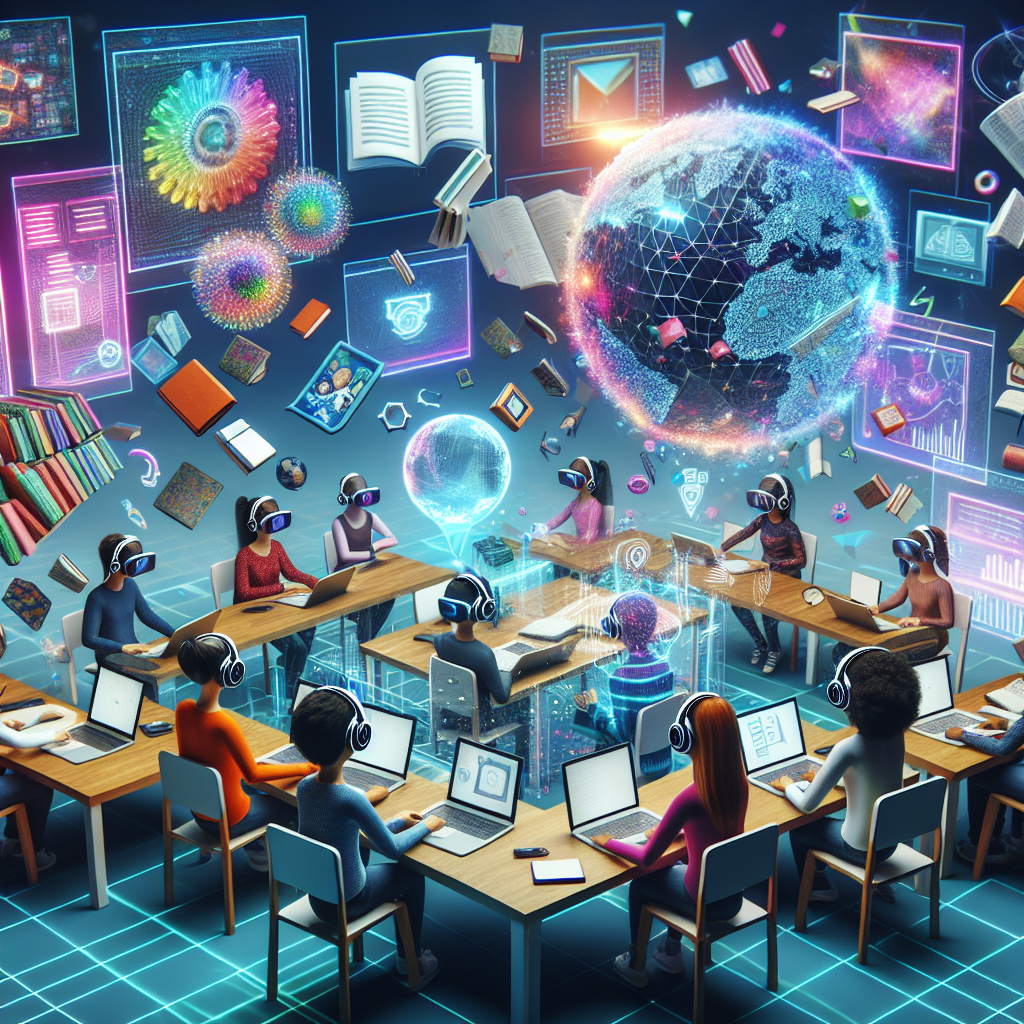

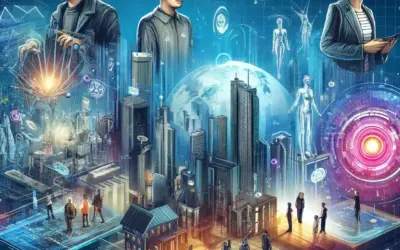
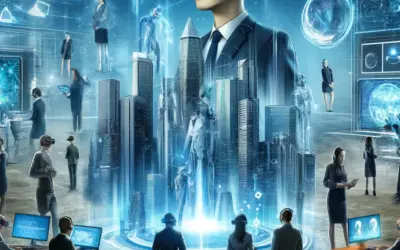
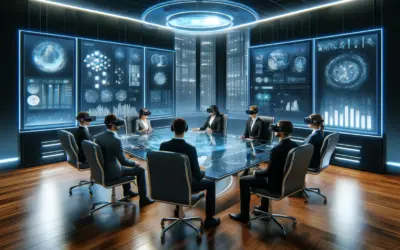
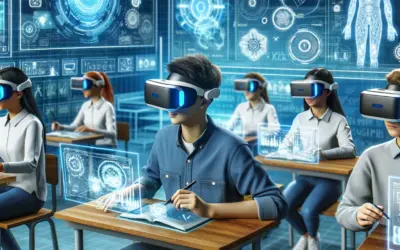
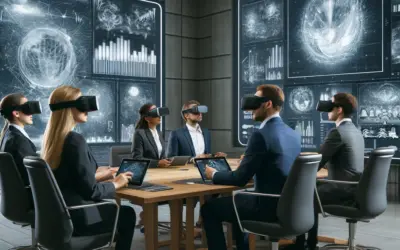
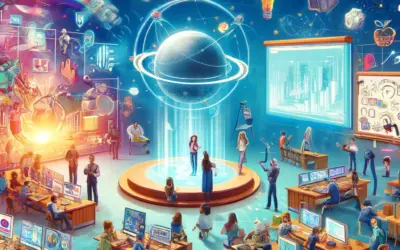
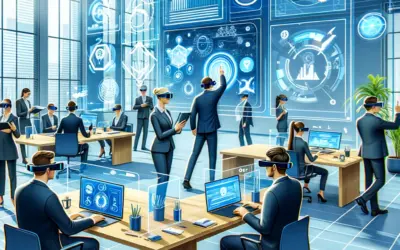
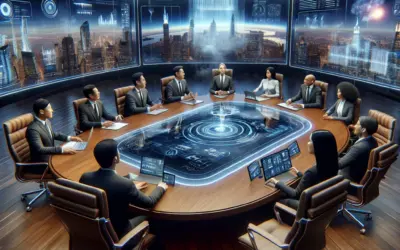
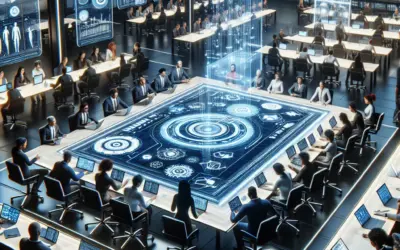
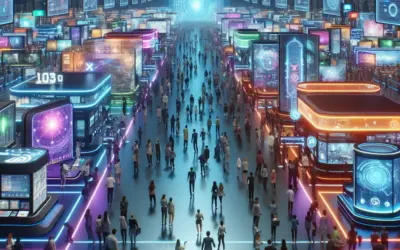
0 comentarios